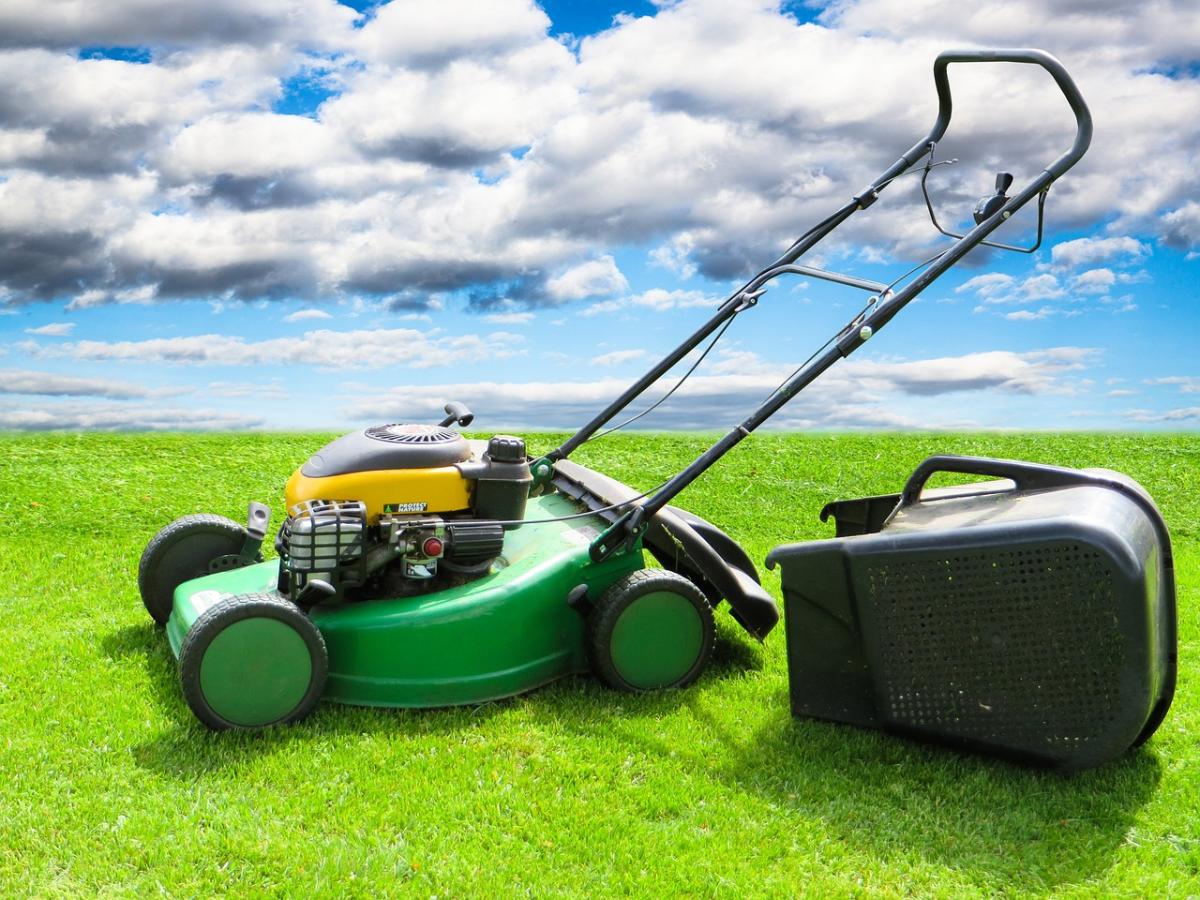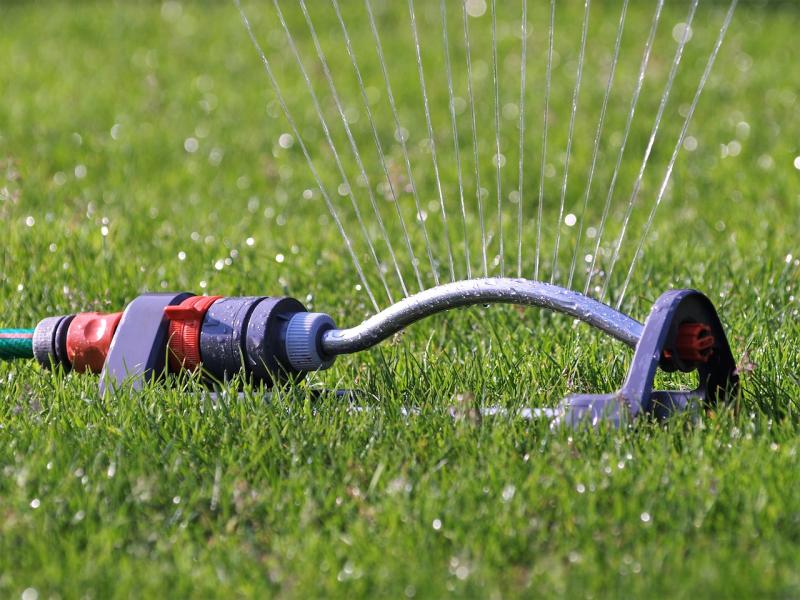Aerating your lawn involves perforating the soil with small holes to allow air, water, and nutrients to penetrate deep into the root zone. This process will help promote healthy root growth and improve overall soil quality. In addition to aeration, consider adding organic matter such as compost or peat moss to enrich the soil and provide additional nutrients for your grass.
Once the soil has been tested, aerated, and enriched, it's time to level the surface. Use a rake or lawn roller to create a smooth, even surface for planting. This will help prevent water pooling and promote consistent grass growth. Finally, make sure to properly water the soil before planting new grass seeds. Keeping the soil moist but not waterlogged will encourage germination and help your grass establish strong roots for a lush lawn.
Seed Planting
Planting seeds is a crucial step in achieving a lush lawn. Before you begin, make sure to choose the right type of grass seed for your climate and soil. It's also important to prepare the soil properly by removing any debris and loosening the top layer to promote good seed-to-soil contact. This will help the seeds germinate more easily and grow into healthy, vibrant grass.
When planting the seeds, be sure to spread them evenly using a broadcast spreader to ensure consistent coverage. It's also a good idea to lightly rake the seeds into the soil to prevent them from being eaten by birds or washed away by rain. Water the newly planted seeds thoroughly but gently, making sure the soil stays moist but not waterlogged. This will help the seeds establish strong roots and begin to grow into a lush lawn.
After planting the seeds, it's important to monitor their progress and make any necessary adjustments to ensure they have the best chance of success. Keep an eye on the moisture levels in the soil and adjust your watering schedule as needed. You may also need to apply a fertilizer specifically designed for new grass seed to provide the nutrients it needs to thrive. With proper care and attention, your seeds will soon sprout and grow into a lush lawn that will be the envy of your neighborhood.
Watering Routine
One of the most important steps to maintain a lush lawn is to establish a proper watering routine. Water is essential for the health and growth of your grass, so it's crucial to water it regularly and effectively. Here are some tips to help you develop a watering routine that will keep your lawn looking lush and green all year round.
First, it's important to water your lawn deeply but infrequently. This means watering your lawn to a depth of about 6 inches, which will encourage your grass roots to grow deep into the soil. Watering deeply also helps to prevent shallow root growth, which can lead to a weak and unhealthy lawn. Aim to water your lawn 1-2 times a week, depending on the weather and soil conditions.
Another key tip is to water your lawn in the early morning. Watering in the morning allows the grass to dry out during the day, which helps to prevent diseases and fungal growth. Avoid watering your lawn in the evening, as the grass will stay wet overnight, creating the perfect environment for disease to develop. By following these watering tips, you'll be well on your way to achieving a lush lawn that will be the envy of your neighborhood.
Mowing Techniques
Proper mowing techniques are essential for maintaining a lush lawn. Here are some tips to keep in mind when mowing your grass:
1. Set your mower blades to the correct height. Cutting your grass too short can stress the roots and lead to a less healthy lawn. Aim to cut no more than one-third of the grass blade at a time.
2. Change up your mowing pattern. Alternating the direction each time you mow can help prevent the grass from leaning in one direction and promote more even growth throughout your lawn.
3. Keep your mower blades sharp. Dull blades can tear rather than cut the grass, leaving your lawn looking ragged and vulnerable to disease. Sharpen your blades at least once per season for optimal performance.



